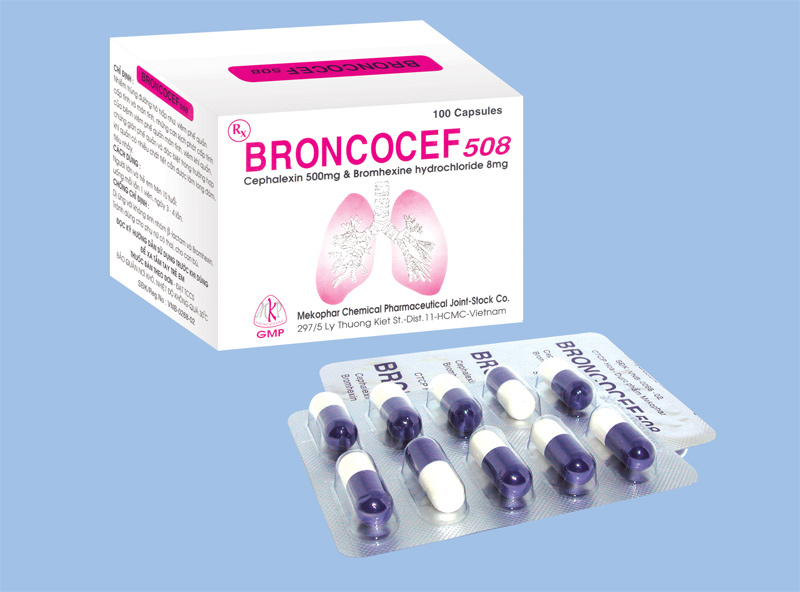Aumakin 156,25
Indications
AUMAKIN 156,25 is indicated in the short term treatment of the following cases:
– Upper respiratory tract infections: tonsillitis, sinusitis, otitis media which had been treated unsuccessfully with other antibiotics.
– Lower respiratory tract infections caused by susceptible β– lactamase producing strains of H. influenzae and Branhamella catarrhalis: acute and chronic pneumonia, bronchopneumonia.
– Severe genitourinary tract infections caused by susceptible β– lactamase producing strains of E. coli, Klebsiella and Enterobacter: cystitis, urethritis, pyelonephritis (in women).
– Skin and soft tissue infections: pyodermas, abscesses, wound infections.
– Bone and joint infections: myelitis.
– Dental infections: periodontal abscesses.
– Others: gyneco– obstetric, abdominal infections.
Present
Sachet of 2g. Box of 12 sachets.
Composition
each sachet contains
Amoxicillin trihydrate equivalent to Amoxicillin …………………125mg
Potassium clavulanate equivalent to Clavulanic acid …………31.25mg
Excipients s.q. for ………………………………………………………….1 sachet
(Crospovidone, Magnesium stearate, Aspartame, Strawberry flavor powder, Sucrose).
Pharmacology
AUMAKIN 156,25 is bactericidal to a wide range of organisms. The combination of Amoxicillin and Clavulanic acid as in AUMAKIN 156,25 renders Amoxicillin resistant to β– lactamase as well as enhancing the activity of Amoxicillin against several species not generally considered sensitive and those that had been resistant to Amoxicillin and other Penicillins and Cephalosporins such as:
– Gram– positive bacteria: Streptococcus faecalis, Streptococcus pneumoniae, Streptococcus pyogenes, Streptococcus viridans, Staphylococcus aureus, Corynebacterium, Bacillus anthracis, Listeria monocytogenes. The species of Clostridium, Peptococcus, Peptostreptococcus.
– Gram– negative bacteria: Haemophilus influenzae, Escherichia coli, Proteus mirabilis, Proteus vulgaris, Klebsiella, Salmonella, Shigella, Bordetella, Neisseria gonorrhoeae, Neisseria meningitidis, Vibrio cholerae, Pasteurella multocida. The species of Bacteroides including B. fragilis.
Pharmacokinetics
Amoxicillin and Clavulanic acid are readily absorbed when given by mouth. Peak plasma Amoxicillin and Clavulanic acid concentrations are attained about 1 to 2 hrs after oral doses. Bioavailability of Amoxicillin is about 90% and that of Clavulanic acid is about 75%. The half– life of Amoxicillin after the oral administration of AUMAKIN 156,25 is 1 – 2 hrs and that of Clavulanic acid is 1 hr. About 55 – 70% of an oral dose of Amoxicillin and about 30 – 40% of that of Clavulanic acid is excreted unchanged in the urine.
Contra-Indications
– Hypersensitivity to Penicillins and Cephalosporins.
– Patients with history of jaundice or liver and/or gall– bladder dysfunction caused by Amoxicillin, Clavulanate or other Penicillins.
Precaution
– Use with cautions in patients with evidence of hepatic and renal dysfunction.
– Phenylketonurics should not use the drug because of Aspartame containing in it.
PREGNANCY AND LACTATION:
– Avoid using AUMAKIN 156,25 during pregnancy, especially in the 1st trimester, unless prescribed to by the doctor.
– AUMAKIN 156,25 may be given to nursing mothers, but caution should be exercised when Amoxicillin is administered to nursing mothers because it is excreted into milk and pose a risk of hypersensitivity.
Interaction
– Administration of AUMAKIN 156,25 may result in prolonged hemorrhage and clotting time. Therefore use with cautions in patients who are on anticoagulant therapy.
– AUMAKIN 156,25 may reduce oral contraceptive efficacy hence those on the pills should be advised about this effect.
– Probenecid may prolong elimination time of Amoxicillin but do not affect the elimination time of Clavulanic acid.
OVERDOSAGE & MANAGEMENT:
When a overdose is taken, it does not affect adversely very much because it is well tolerated even at high doses. But generally speaking, the adverse reactions that follow an overdose will depend on patient predisposition toward the drug. The prominent risk is hyperkalemia because of Clavulanic acid in the drug is bound as salt of potassium.
Hemodialysis can remove the active components of the drug from circulation.
Shelf life
– 36 months from the manufacturing date.
Never use after the expiry date clearly indicated on the outer packaging.
Storage
Store in a dry place (RH ≤ 70%), not exceeding 30oC. Protect from light.
Dosage
– Adults and children ≥ 12 years:
+ Mild– moderate infections: 4 sachets every 12 hrs.
+ Severe infections: 4 sachets every 8 hrs.
– Children < 12 years (< 40kg body weight):
+ Dosage is based on Amoxicillin: 20 – 45mg/kg daily depending on
severity of infection, divided into equal doses at interval of 8 – 12 hrs.
+ Usual dosage:
* Children 6 yrs – < 12 yrs: 2 sachets every 8 hrs.
* Children 2 yrs – < 6 yrs: 1 sachet every 8 hrs.
* Children 9 months – < 2 yrs: ½ sachet every 8 hrs.
– It should be administration at the beginning of a meal to minimize adverse GI effects.
– Treatment should not be extended beyond 14 days without review.












Reviews
There are no reviews yet.